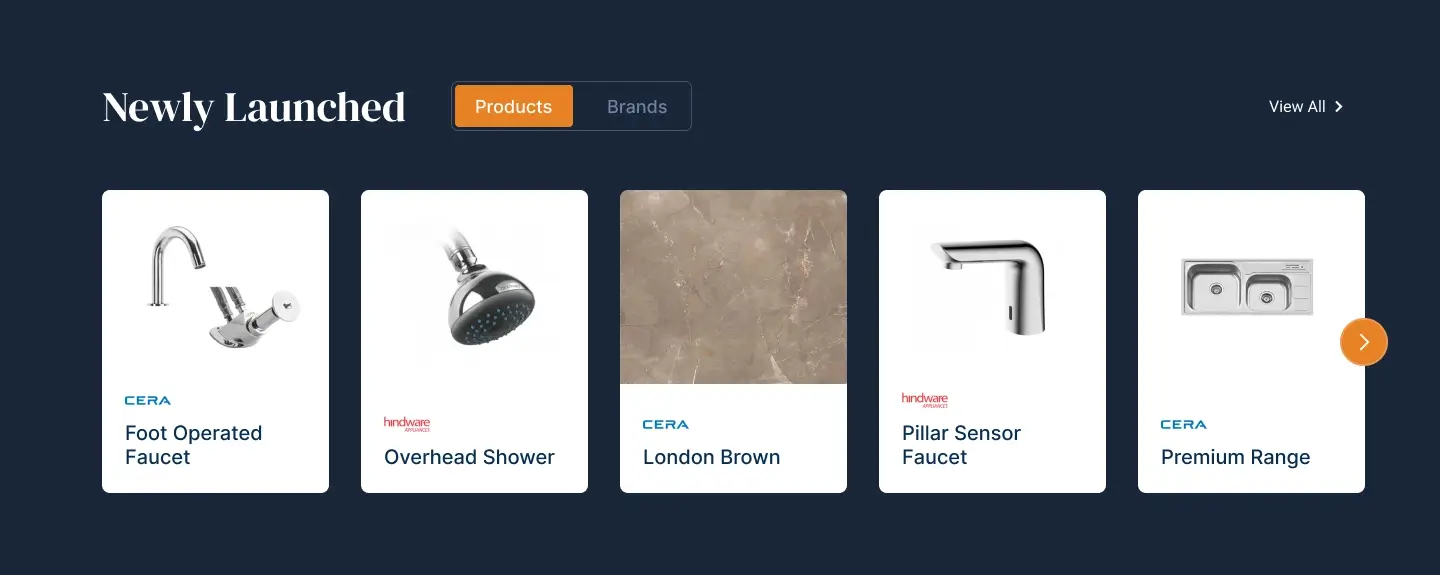
Table of Contents
Quick Review
- Setting the thermostat lower does not cool rooms faster. In reality, it only causes overcooling.
- Overcooling an AC wastes energy and puts extra stress on the unit.
- It forces AC’s compressor to work harder, causing wear and tear.
- Overcooling an AC often results in short cycling – when the AC keeps turning on and off. This shortens the lifespan of an AC.
- Inaccuracy in thermostat often leads to overcooling. This can be fixed by calibrating your thermostat.
- The Department of Energy (DOE) recommends setting your thermostat between 75 °F – 78 °F for comfort and efficiency.
- Beyond personal costs, overcooling contributes to higher energy demand and environmental waste.
- Simple habits – like sealing leaks, using fans, and scheduling annual maintenance – help avoid overcooling and extend your AC’s life.
Does Overcooling an AC Waste Energy and Shorten Your AC’s Life?
Overcooling could be the reason behind random energy bill spikes. This problem should be taken seriously because, aside from causing energy waste, it may also be silently destroying your AC from the inside out.
If you are done with how this issue drains your wallet and disrupts your comfort, here’s what you need to know before seeking potential solutions from HVAC services in Clifton, CO.
The Hidden Costs of Overcooling

Setting your thermostat too low forces your AC to work harder than it should, placing it under strain due to constant demand. What happens next is that energy costs are driven up, especially during peak summer months.
The Department of Energy (DOE) reveals that for every degree you lower your thermostat below 78°F, you increase energy use by up to 8%. Unless you’re making money out of thin air, that’s a steep price for having your room slightly cooler.
How Overcooling Damages Your AC’s Compressor

The AC’s compressor is the system’s beating heart. Overcooling makes it pump harder and longer, accelerating wear and tear. A failing compressor is expensive to replace, often costing between $2,000 and $3,000.
The following are signs of compressor stress.
- Weak airflow from vents
- Frequent system shutdowns
- Loud clanking or humming noises
System failure is likely when you ignore these symptoms. As an AC repair technician says, “Once the compressor goes, it’s often more economical to replace the entire unit.”
Short Cycling: The Silent Warning of Overcooling
In a nutshell, short cycling happens when the AC turns on and off in short bursts. This often results when setting the thermostat too low, confusing the system. Short cycling increases wear on parts like fans and capacitors, which aren’t designed for constant restarting.
If your AC is short-cycling, schedule a service check immediately. It could signal thermostat issues or improper system sizing.
Is Your Thermostat Lying to You?
Sometimes the thermostat itself is the problem. An inaccurate thermostat can misread temperatures, causing your AC to overcool unintentionally. A simple calibration or upgrade to a smart thermostat can correct this.
To check accuracy:
- Use a separate thermometer near your thermostat.
- If readings differ by more than 2°F, recalibrate or replace it.
This small step can save you hundreds annually.
The Sweet Spot Temperature for Comfort and Efficiency

The DOE recommends setting your thermostat to 78°F when you’re home and higher when away. This is the sweet spot for balancing comfort with energy efficiency. However, factors like insulation, window quality, and local climate may adjust this number.
Experiment within the 75°F to 78°F range to find your personal comfort level without straining your AC. Fans can help distribute cool air, reducing the need to drop the temperature further.
The Environmental Cost of Overcooling
In addition to hurting your wallet, overcooling also harms the environment. The reason is simple: more energy usage means more strain on power plants. Plus, overworked units wear out sooner, contributing to electronic waste.
By optimizing your cooling habits, you reduce your energy demand and help the planet.
Practical Habits to Avoid Overcooling

Protecting your AC investment starts with you. The following are simple habits that are easy to follow and can have a lasting impact on your system’s longevity:
- Seal leaks in doors and windows to keep cool air in.
- Use ceiling or box fans to circulate air.
- Keep blinds or curtains closed during the hottest parts of the day.
- Schedule annual maintenance to keep your AC running efficiently.
These practices keep your home comfortable without overburdening your system.
When to Replace an Overworked AC
Replacement is the smarter option for AC systems that are over 10 to 15 years old and are frequently breaking down. Newer units are more energy-efficient and designed with better humidity controls. Plus, with energy savings and fewer repairs, a new unit often pays for itself.
Look out for:
- Rising energy bills despite maintenance
- Increasing repair frequency
- Uneven cooling across rooms
These are all signs that you should consider seeking an upgrade or an AC replacement.
Overcooling is a costly, yet avoidable, mistake. If your system shows signs of stress or inefficiency, don’t wait for a breakdown. Contact an HVAC professional and have your system assessed ASAP.
Also Read: How Do Experts Solve AC Airflow Problems the Smart Way?
Overcooling of AC FAQs
1. What is AC overcooling?
Overcooling of an AC means your unit keeps running and blowing cool air even when the room is already sufficiently cool. This usually happens when the thermostat is set too low.
2. How does overcooling affect my energy bills?
For each degree below 78°F, your energy consumption can increase by up to 8%, leading to significantly higher monthly bills.
3. Can overcooling damage my AC?
Yes. It overworks the compressor, increases wear on components, and can shorten the system’s lifespan.
4. What is the ideal temperature setting for my AC?
The recommended range is 75°F to 78°F when you’re at home. You can set it higher when away to save more energy.
5. How can I prevent overcooling at home?
Seal air leaks, use ceiling fans, keep curtains closed during peak heat, and ensure your thermostat is calibrated correctly.






























